Are Hashtags Still Relevant for Instagram Marketing?
The million-dollar question. Before we delve into the answer, let’s start with the basics. Instagram uses hashtags to categorise content and make it easier for users to find related posts. Whilst they have been part of Instagram since its launch in 2010, the question on businesses' minds today is: are hashtags still relevant?
The short answer: Yes. The long answer: If you understand how to use them strategically hashtags are undoubtedly an important Instagram strategy. So, we’re asking…how can your business use hashtags effectively?
How Many Hashtags Should I Be Using?
There are differing opinions on the most effective number of hashtags to use in an Instagram post. Whilst Instagram allows you to post up to 30, they previously released figures that suggest including three to five relevant hashtags per post is the most effective way to optimise your hashtag strategy.
Although in theory using fewer hashtags allows for more strategic content categorisation, as highlighted by Later, what really matters is how well your chosen hashtags align with your given post.
With that in mind, we recommend prioritising the relevance and quality of your hashtags over focusing on the quantity. In other words, it’s better to use one or two effective hashtags than 29 unaligned ones.
Selecting The Right Hashtags
So, how do you choose the right hashtags? To effectively use hashtags, specificity is key; you always want the image itself to align with your chosen tags. Rather than copying and pasting generic tags across all your content, consider what each image or REEL is showcasing and choose tags that align with that. Remember, you want to appear in the right user's feed with relevant content.
Later has identified five categories that you can use as a foundation to select your hashtags for any given post. This includes location tags, branded content, industry tags, community mentions, and descriptive hashtags. These are just a starting point and we recommend asking yourself if your content has any association with these categories and choosing relevant hashtags accordingly. You can always stray from these classifications but they are helpful to consider when beginning your hashtag strategy.
We also suggest including a balance of trending and niche hashtags. Using trending hashtags that are relevant to your business is a great way to appear in viral searches. On the other end of the spectrum, we suggest considering niche hashtags. While these tags may not have the largest following, they are likely to closely align you with interested audiences. In both instances, you should always ensure these tags are applicable to your post and your business.
When selecting the right hashtags for your business, we recommend looking at your competitors’ accounts. What are they sharing and what searches do they appear in that you’d like to appear in? Again, take the time to carefully research your target market and competitor behaviour to ensure your hashtag choices are aligned with your target audience.
The Hashtag Ladder
Another helpful tactic when deciding on your business's hashtag approach is to consider “The Hashtag Ladder”. The Hashtag Ladder is a strategy outlined by LinkedIn that involves using a balance of general, medium-sized, and specific hashtags.
General hashtags or high competition hashtags are broader tags that have a wider reach, for example, #sundayscaries or #tbt. These are the most difficult hashtags to rank for as they have the most competition.
Medium-sized hashtags still have a broad reach but are a little narrower, for example, #foodie or #spalife. These tags tend to have anywhere from 100K - 500K posts appearing in search results.
Specific hashtags or low competition tags have a smaller reach but are more narrowly aligned with your post, for example, #yogalondon or #guacamole. These tags generally attract users who are most interested in your content or post.
Lastly, branded hashtags include those exclusively relevant to you and your business, this could be a famous menu item or even your brand name.
The theory suggests a balance of each of these tags is one of the most effective ways to reach the most people and receive the highest levels of engagement.
Hashtags in the Long Term
Ultimately, when it comes to effectively using hashtags it is important to pay attention to what is and isn’t working. The Instagram algorithm is incredibly dynamic and ever-changing so understanding how hashtags can help you appear in relevant searches is critical to getting your business seen on the platform. Take the time each month to analyse the performance of your posts with and without certain hashtags and apply what you have learned to your future posts.
For help refining your hashtag and Instagram strategy from a leading digital marketing agency, request your free marketing review.



